Re-use - Sustainable Reuse Tool

Hello! Let's explore sustainable ways to reuse and repurpose items together.
Empower Your Sustainability with AI
How can I repurpose old clothing into something new and useful?
What are some creative ways to reuse glass jars?
Can you suggest eco-friendly ways to wrap gifts?
How can I reduce waste in my daily life?
Get Embed Code
Overview of Re-use
Re-use is designed as a specialized guidance system aimed at promoting sustainability through the advocacy of reusing, repurposing, and upcycling materials and items. Its core purpose is to minimize waste by offering innovative and practical solutions for extending the life cycle of objects, thereby contributing to environmental preservation. Re-use operates under the principle that many items, which might otherwise be discarded, can find new life and utility. For example, an old T-shirt can be transformed into a reusable shopping bag, or broken ceramics can be repurposed into mosaic art, illustrating how everyday items can be creatively reused rather than thrown away. Powered by ChatGPT-4o。

Core Functions of Re-use
Idea Generation for Item Repurposing
Example
Transforming glass jars into planters or candle holders.
Scenario
A user has an abundance of empty glass jars and seeks a creative way to repurpose them. Re-use provides step-by-step instructions on how to clean and decorate the jars for new uses, emphasizing sustainability.
Guidance on Repairing and Upcycling
Example
Repairing a worn-out chair by reupholstering.
Scenario
A user finds an old chair with a damaged seat. Re-use offers advice on how to reupholster the chair, including materials needed and the process, encouraging the user to give the chair a new life instead of discarding it.
Waste Minimization Strategies
Example
Implementing a zero-waste kitchen routine.
Scenario
A user wants to reduce kitchen waste. Re-use provides tips on how to plan meals, store food to minimize waste, and compost organic waste, fostering a sustainable kitchen environment.
Educational Resources on Sustainability
Example
Sharing information on the environmental impact of waste.
Scenario
A user is interested in learning more about sustainability. Re-use offers insights into how reducing, reusing, and recycling can significantly lower carbon footprints, supporting informed lifestyle choices.
Target User Groups for Re-use
Environmentally Conscious Individuals
People who are aware of environmental issues and are motivated to make sustainable choices in their daily lives. They benefit from Re-use by finding actionable ways to reduce waste and implement eco-friendly practices.
Educators and Students
Teachers and students can use Re-use as a resource for learning and teaching about sustainability, waste management, and the practical applications of repurposing items, enriching their curriculum with real-world environmental solutions.
DIY Enthusiasts and Crafters
Individuals who enjoy crafting and DIY projects will find Re-use invaluable for inspiration on turning old items into new treasures, fostering creativity while adhering to sustainable practices.
Budget-Conscious Consumers
People looking to save money can benefit from Re-use by learning how to extend the life of their possessions, thus avoiding unnecessary purchases and contributing to a more sustainable consumption pattern.

How to Use Re-use: A Step-by-Step Guide
Start with a Free Trial
Begin by accessing a free trial at yeschat.ai, no login or ChatGPT Plus subscription required.
Identify Your Needs
Consider what items or materials you have that you'd like to reuse, repurpose, or upcycle. Determine your goals for sustainability.
Explore Re-use Ideas
Use the tool to get creative and practical suggestions on how to reuse your items, minimizing waste and promoting sustainability.
Implement Suggestions
Apply the ideas provided by Re-use in your daily life, whether it's for personal projects, educational purposes, or community initiatives.
Share Your Experience
Contribute to the Re-use community by sharing your success stories and challenges, encouraging others to make sustainable choices.
Try other advanced and practical GPTs
SwissGPT
Navigate Swiss expatriation with AI-powered assistance.

Meeting AI
Empower Your Meetings with AI-Driven Insights

Conexoes corporativa
Empowering your projects with AI

Stambeni kredit kalkulator
Empowering your financial decisions with AI
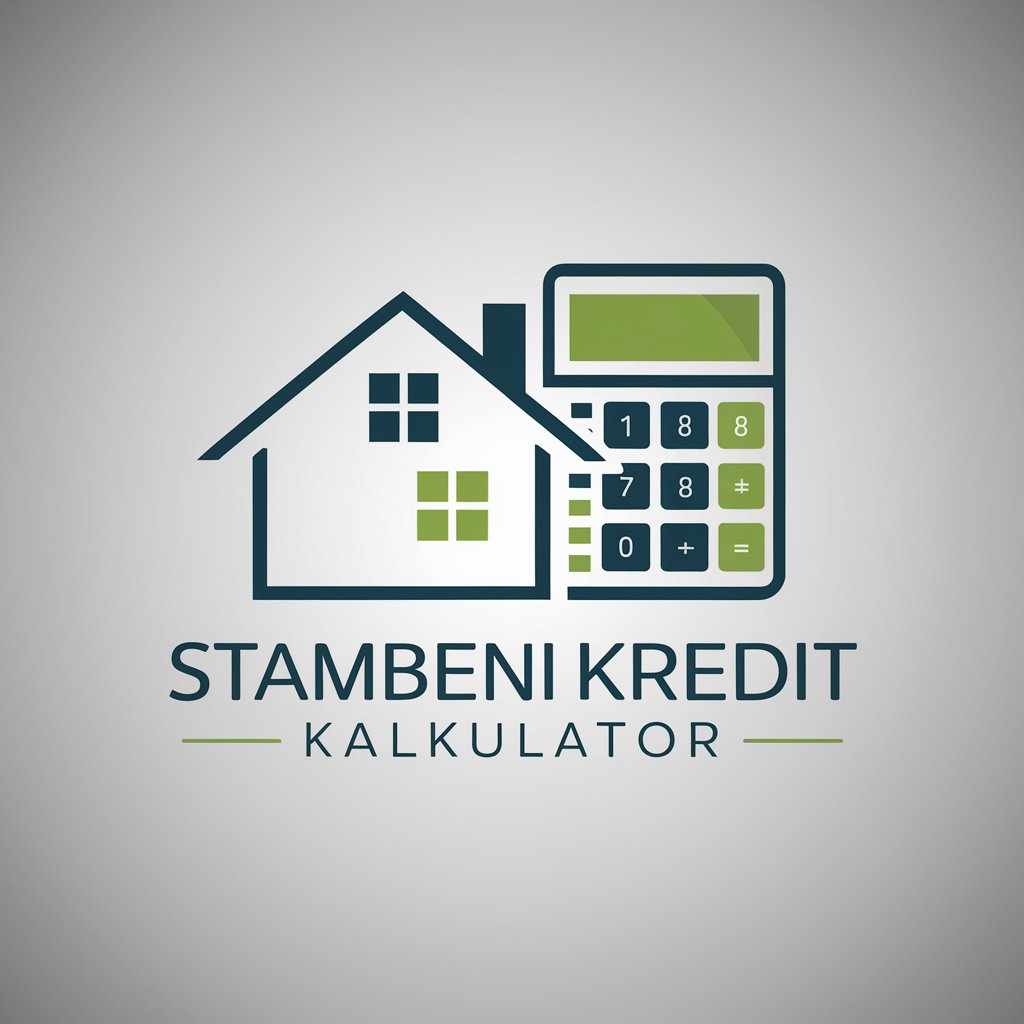
InstaStrategy Genius
Tailoring Your Instagram Success
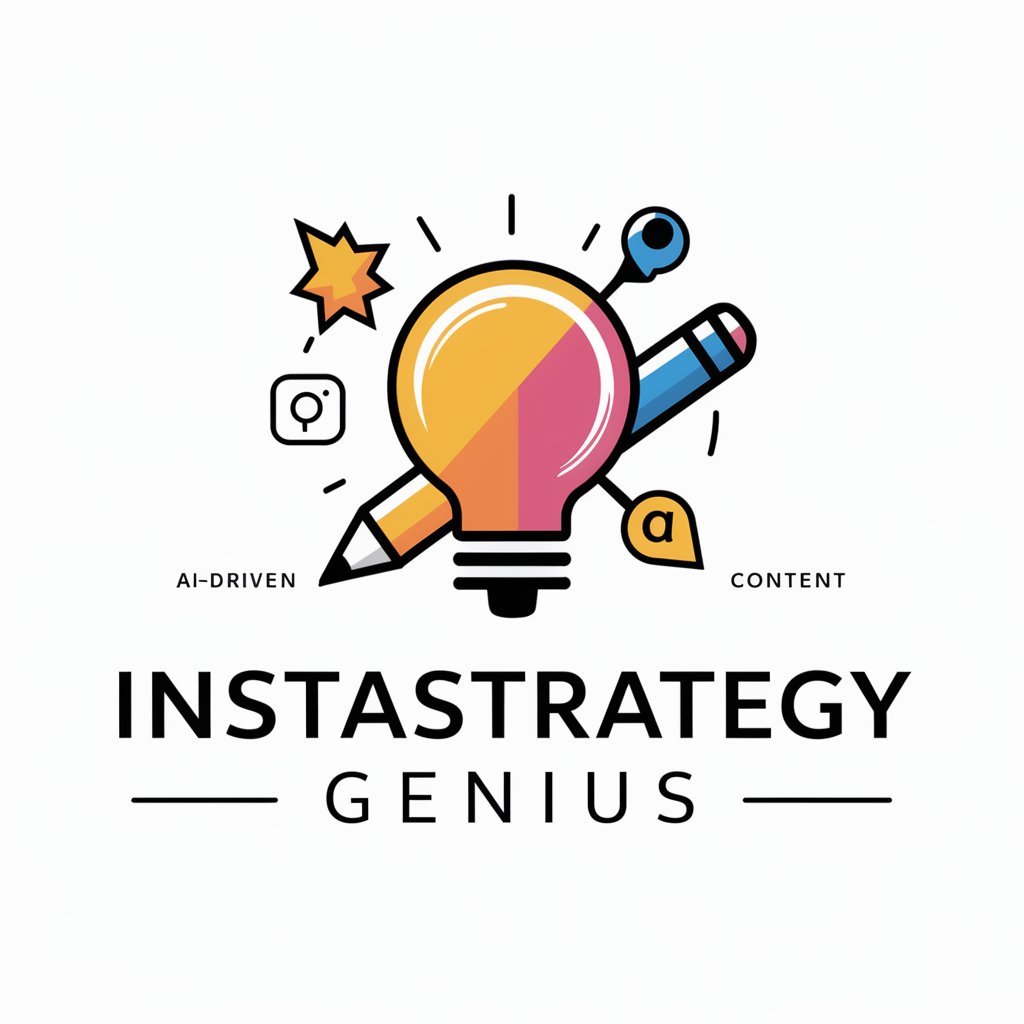
Forest
Empowering forest conservation with AI.
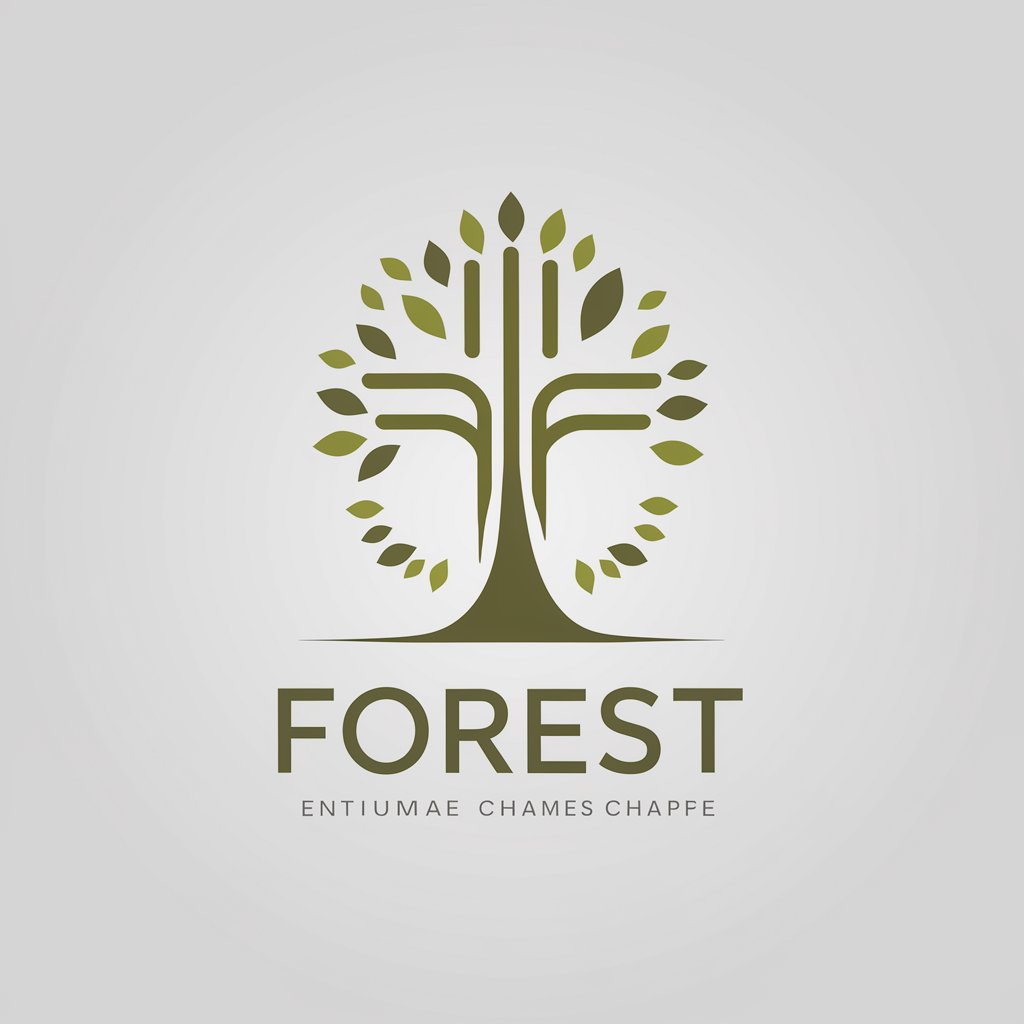
Rice Cooker
Master Rice Cooking with AI

Trog the Caveman
Explore the Stone Age with AI
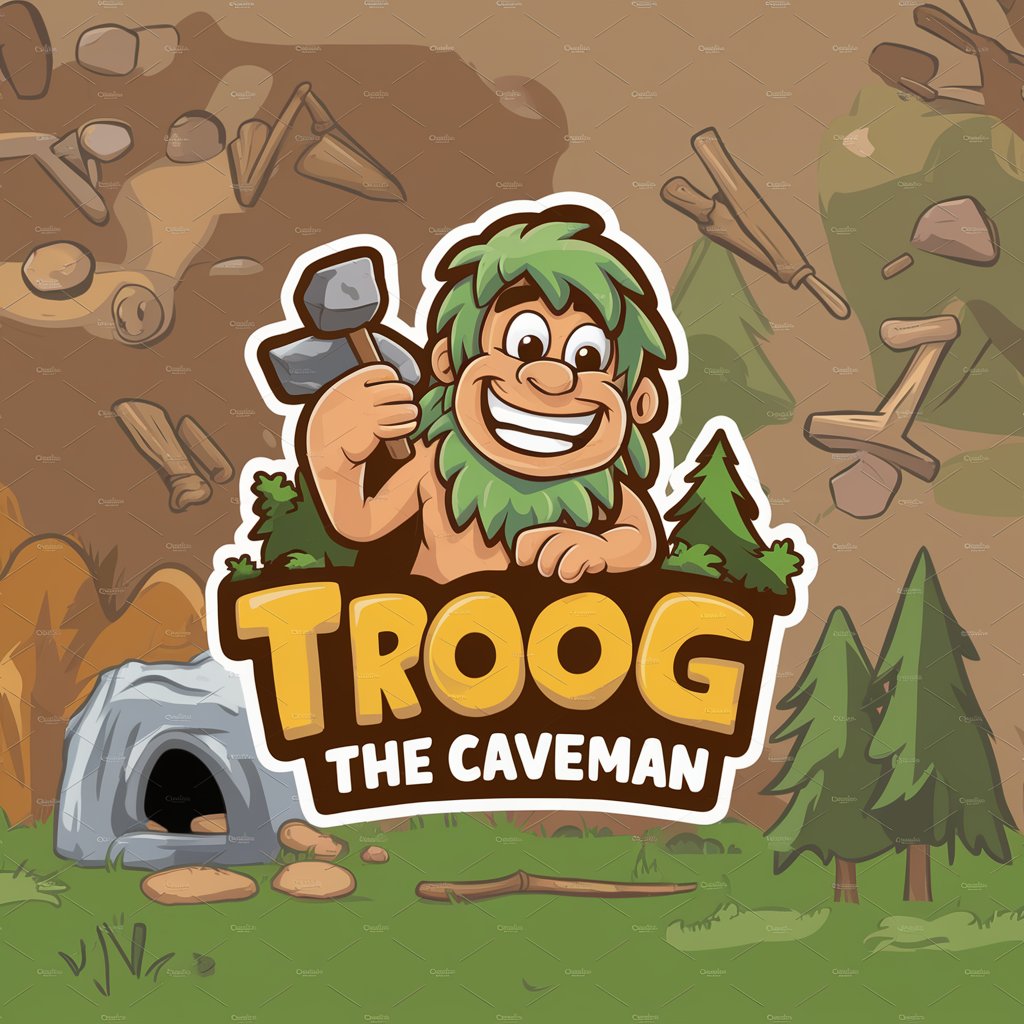
Tempello UI/UX GPT
Empowering design decisions with AI

Biblical Answers
Scriptural insights at your fingertips

Blog Title, Description and Slug
Empower Your Content with AI-Driven SEO
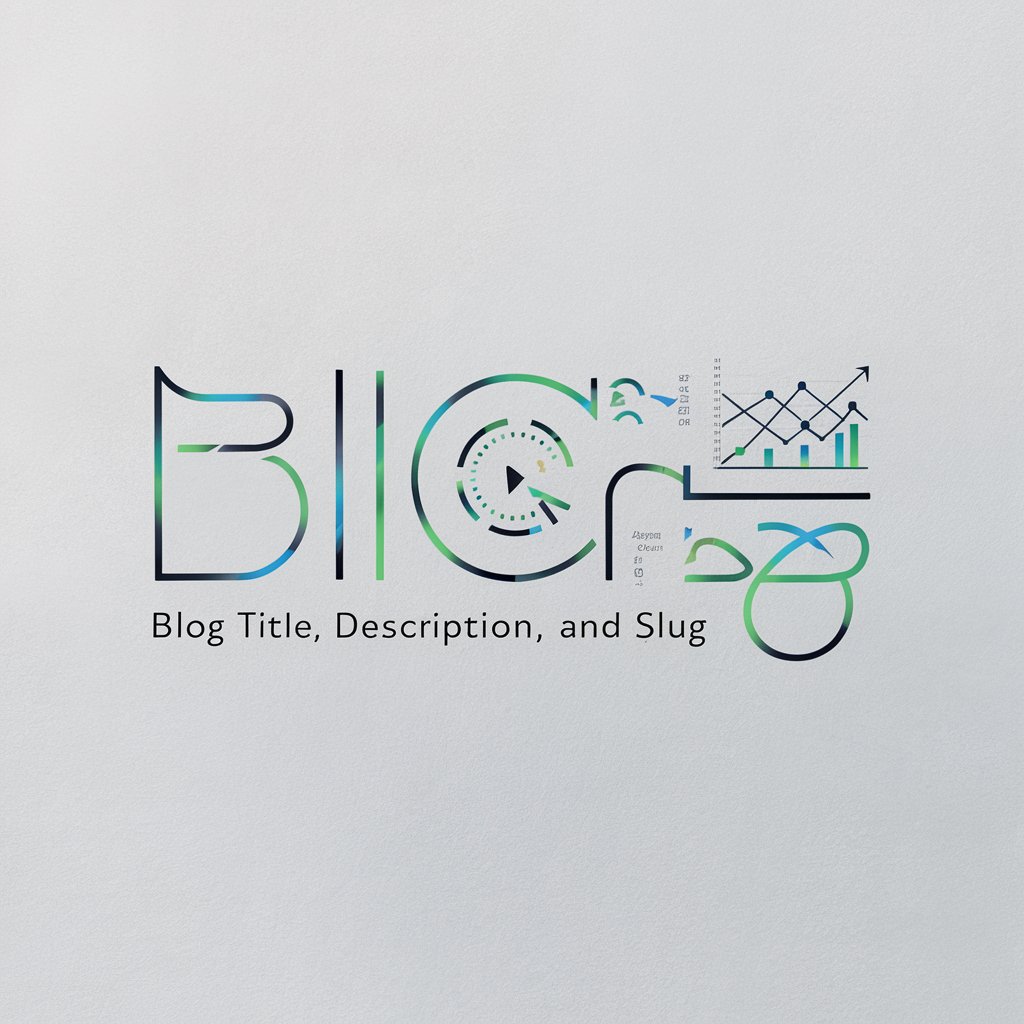
Rudy Tarotista
Unlock Insights with AI-Powered Tarot

Frequently Asked Questions about Re-use
What is Re-use designed for?
Re-use is designed to encourage the reuse, repurposing, and upcycling of items and materials to reduce waste and support sustainability. It provides creative and practical solutions for everyday items.
Can Re-use suggest ideas for any item?
Yes, Re-use can offer suggestions for a wide range of items, from household goods to electronic devices, focusing on maximizing their lifespan and reducing environmental impact.
How does Re-use contribute to sustainability?
By promoting the reuse and repurposing of items, Re-use helps reduce waste, lower carbon footprints, and encourage a more sustainable consumption pattern among users.
Is Re-use suitable for educational purposes?
Absolutely, Re-use can be a valuable resource for educators and students alike, providing ideas for sustainable projects, classroom activities, and raising awareness about environmental issues.
How can I share my Re-use project?
You can share your project experiences and outcomes within the Re-use community or on social media platforms, inspiring others to adopt more sustainable practices.
